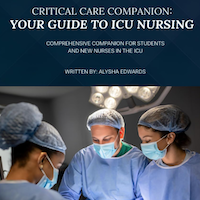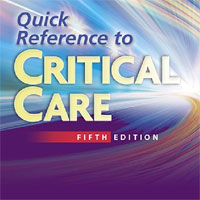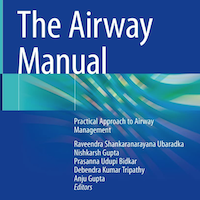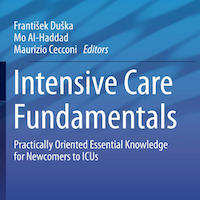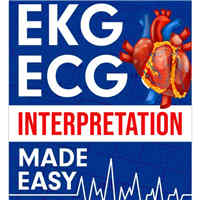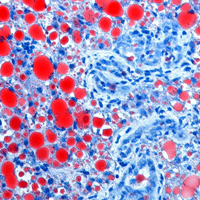
Bacterial protein structure could aid development of new antibiotics
Bacterial cells have an added layer of protection, called the cell wall, that animal cells don't. Assembling this tough armor entails multiple steps, some of which are targeted by antibiotics like penicillin and vancomycin.... read more

Warfarin Nonadherence: What Factors Lead Patients with Afib to Discontinue?
Patients with atrial fibrillation (AF) frequently discontinue their warfarin therapy, and a recently-published study offers insight into factors that may contribute to nonadherence. The report, released in JAMA Cardiology,... read more

Peer Support in Critical Care
Peer support appeared to reduce psychologic morbidity and increase social support. The evidence for peer support in critically ill populations is limited. There is a need for well-designed and rigorously reported research... read more

The Impact of Enhanced Critical Care Training and 24/7 (Tele‐ICU) Support on Medicare Spending and Postdischarge Utilization Patterns
Innovations in workforce training and technology specific to the ICU may be useful in addressing the shortage of intensivist physicians, yielding benefits to patients and payers. Implementation of the advanced practice provider... read more

The Value of 24/7 In-House ICU Staffing 24/7 Intensivist in the ICU
Staffing of high-volume, high-intensity ICUs with 24 × 7 intensivist coverage facilitates the system changes, which allow ICU teams to provide 24 × 7 critical care.... read more
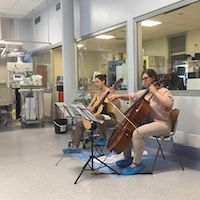
Beyond Bleeps and Alarms: Live Music by the Bedside in the ICU
Live music by the bedside is an additional, simple and inexpensive factor in the open ICU, aiming at reducing the incidence of delirium and transform the critical care setting into a more familiar and domestic environment.... read more

The 11th Pitfall: Thiamine Deficiency
Thiamine deficiency may occur in critically ill patients in case of increased glucose metabolism (i.e., in septic states or post-surgical phases), sudden or aggressive nutrition delivery to malnourished patients (refeeding... read more

New research shows why nutrition should be back on the table for surgical patients
More than 48 million people in the U.S. undergo surgery each year, and for decades the focus has been on making sure patients do not consume any food or drinks in the hours leading up to the surgery. Yet, 1 in 3 patients... read more
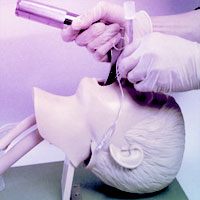
Guidelines for the Management of Tracheal Intubation in Critically Ill Adults
These guidelines describe a comprehensive strategy to optimize oxygenation, airway management, and tracheal intubation in critically ill patients, in all hospital locations. They are a direct response to the 4th National... read more

Understanding Central Nervous System Efficacy of Antimicrobials
Defining the optimal treatment of Central Nervous System (CNS) infections is one of the most challenging tasks for the intensivists; the therapeutic window is narrow, and the alternative drug options more limited than with... read more
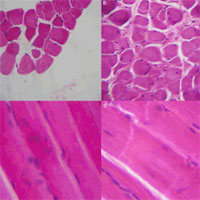
Acute Skeletal Muscle Wasting in Critical Illness
Among these critically ill patients, muscle wasting occurred early and rapidly during the first week of critical illness and was more severe among those with multiorgan failure compared with single organ failure. These findings... read more
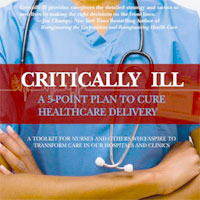
Critically Ill: A 5-Point Plan to Cure Healthcare Delivery
Two decades ago Dr. Fred Southwick witnessed the near demise of his wife while she was being cared for in a prominent academic medical center. For 15 years he blamed the individual physicians who cared for Mary. However five... read more
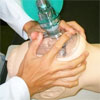
Rapid Sequence Intubation With Video Laryngoscopy Common for Difficult Airways
Predicted difficult airways in one emergency department are managed most often using rapid sequence intubation (RSI) and video laryngoscopy (VL), a recent study has found. Although difficult airways occur frequently in emergency... read more
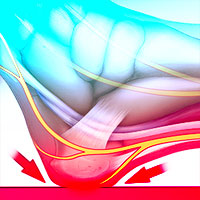
Pressure ulcers in ICU patients: Incidence and clinical and epidemiological features
Pressure ulcers in ICU patients: Incidence and clinical and epidemiological features: A multicenter study in southern Brazil. The main objective is to evaluate the incidence and risk factors of pressure ulcers (PU) in adult... read more

The Elevated Troponin: What else besides ACS could cause troponin elevation?
The increased troponin used to be a straight ticket to the cardiology service. Now, the picture isn't so clear. What do you need to consider in the patient with elevated troponin? Cardiac troponins consist of three proteins:... read more
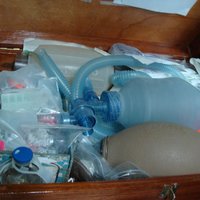
Tracheal extubation with a predicted difficult airway
Management of the difficult airway is an important, but as yet poorly-studied, component of intensive care management. Although there has been a strong emphasis on prediction and intubation of the difficult airway, safe extubation... read more

Antibiotic Decisions in the ICU: A Dragon’s Tale
Medical decision-making about antibiotic use in critically ill patients is challenging and complex. The need for antibiotic stewardship requires judicious prescription and choice of antimicrobials, as the need for effective... read more


